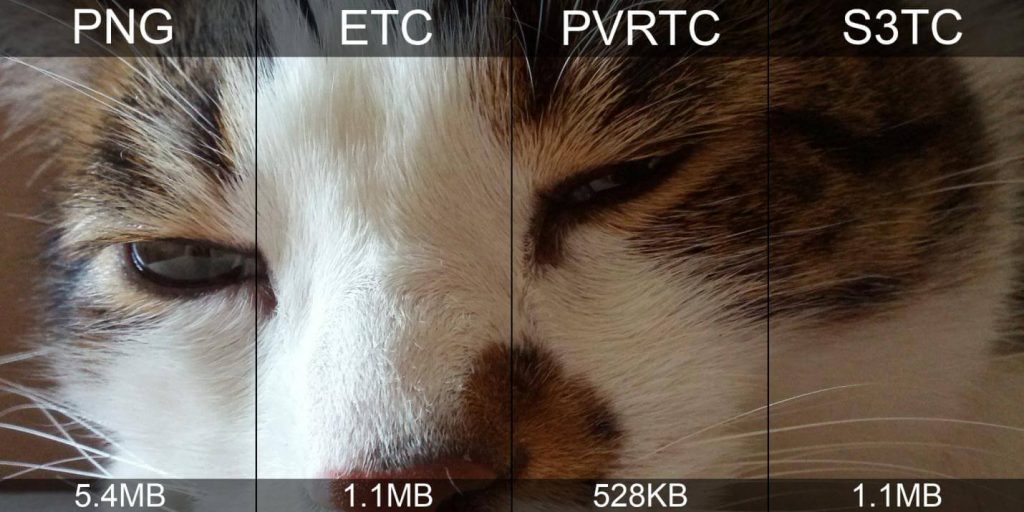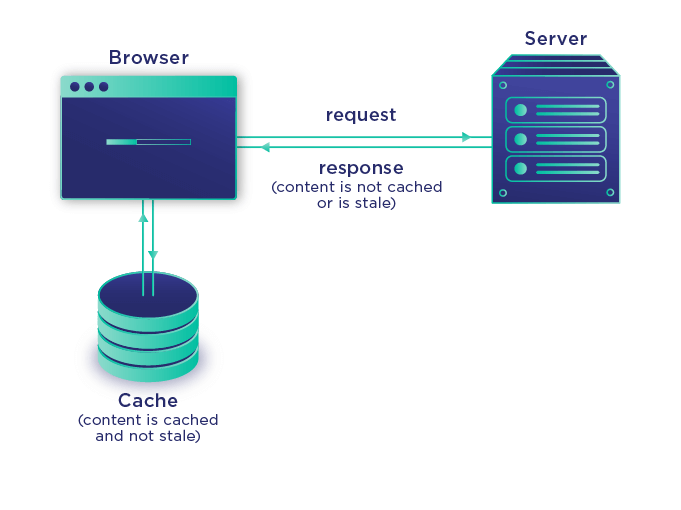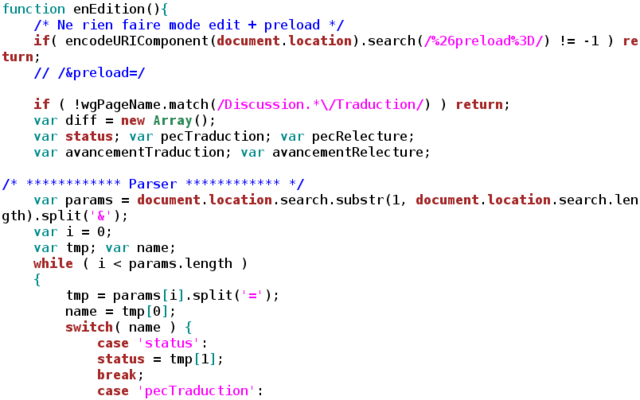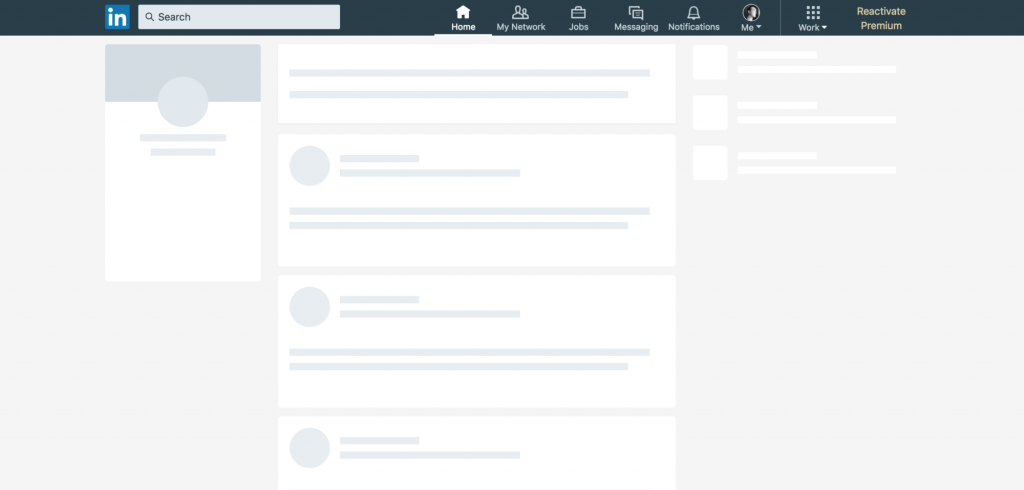First impressions are everything. Fast websites tend to offer a better user experience and as such are considered professional, reliable and trustworthy. With slow websites perceived on the contrary, typically giving users a poor user experience, leading to greater bounce rates. As the digital revolution advances and becomes increasingly integral to our day-to-day lives, the greater our expectations are for almost instantaneous loading times. So much so, DoubleClick by Google found that 53% of mobile site visits are abandoned if a page takes longer than 3 seconds to load. For ecommerce websites with a long conversion funnel the effects of a slow website are amplified as ⅔ of UK shoppers stating site slowness as the top reason they’d abandon a purchase.
Just a 100-millisecond delay in website load time can hurt conversion rates by 7%.
Site speed doesn’t just have a negative effect on the user experience, but it can also be detrimental to your websites’ organic SEO (search engine optimisation). As this is one of the influences towards google ranking algorithms. On top of this Google made the transition towards a mobile first indexing approach; meaning it will predominantly use the mobile version of your site for indexing and ranking. This is due to the shift in consumer consumption using mobile devices more frequently than other devices. Therefore, it is important to prioritise your mobile content and mobile speed results.
It is also important to note that your site speed will constantly fluctuate as you make revisions to your website content. Resulting in regular checks and efforts to keep your site performing as fast as possible.
But how can you Increase Your Website Speed?

Optimise Images
One of the biggest culprits for slow site speed are image sizes. The chances are your images are larger than the size they are displayed on your site. Reducing your image sizes can be achieved without compromising the quality of the image. The type of image file types is also to be considered with png files optimal for graphics with a limited number of colours, the jpeg file format is advised for photography. It is important to note with technological advancements new images files are being created such as WebP that are optimised for web and can save up to 30% on image sizes.
Hosting
Your choice of hosting provider can influence your site speed if you are sharing server space or using a generic hosting provider that’s not finely tuned to handle your content management system. Whilst a cheap hosting provider may be attractive initially, particularly for small business, a reliable hosting provider with your own dedicated hosting server would allow you to better handle fluctuations in website traffic and site speeds.

Utilise Browser Caching
It is common practice to enable browser caching so the customer experiences faster loading times if they have already visited your website before. It achieves this by not always making calls on the hosting provider for renewed files. It will show you a cached version by saving elements of the websites you have visited before in your browser’s temporary storage. So when you revisit the site it only has to load a few components, which saves time for the page to communicate with the server to load and not forced to dynamically generate a new page every time a customer visits the website. This option however is not always a viable option for websites that update on a very regular basis.
Reduce Page Redirects
Websites redirects are useful because they transfer the inbound links from domain to the new domain, which helps the website maintain its search rankings and prevent any dip in search traffic. However, too many redirects can confuse the browser and lead to slow loading times. Therefore, cleansing your redirects is recommended to ensure there are no occurrences where your website links are caught in a loop and being directed multiple times and thus reducing page loading speed.

Code Optimisation
Making revisions to the coding can also influence the site performance. This can be achieved by simplifying the code by removing any unnecessary formatting, whitespace, line breaks or indentation. As well as combining code such as HTML, CSS, and JavaScript files where possible to reduce the number of files and therefore number of requests the site has to make each time it loads a page.
Skeleton Screens
Another option to reduce the perceived effect of loading times is to implement animated skeleton screens. Skeleton screens are neutral-toned filled shapes that are progressively populated with content as they gradually load. These give the impression that the page has almost completed loading and are perceived as being shorter in duration when compared against a blank screen. Therefore, reducing bounce rates and increasing traffic to the site.

To test your mobile website speed:
https://www.thinkwithgoogle.com/feature/testmysite/
 By
Jack Major
By
Jack Major